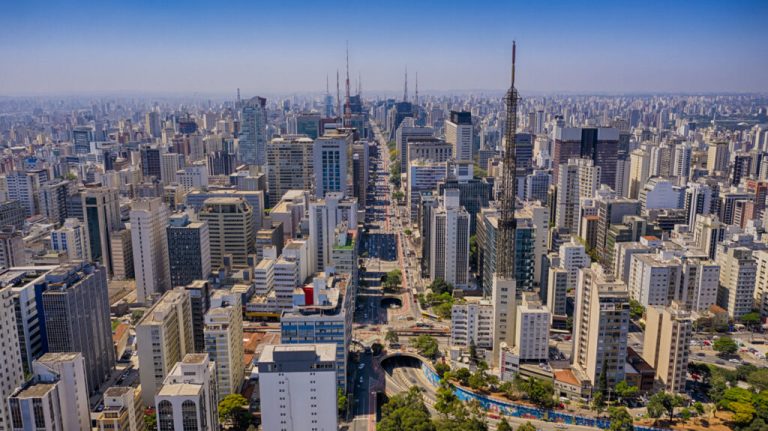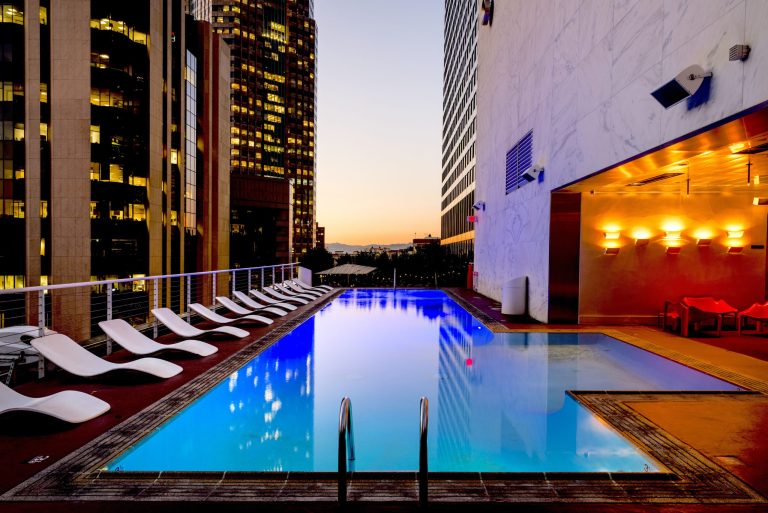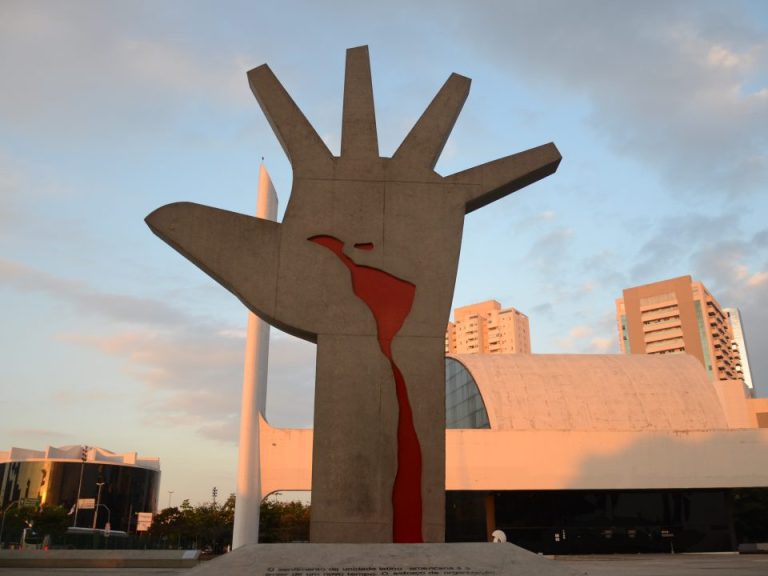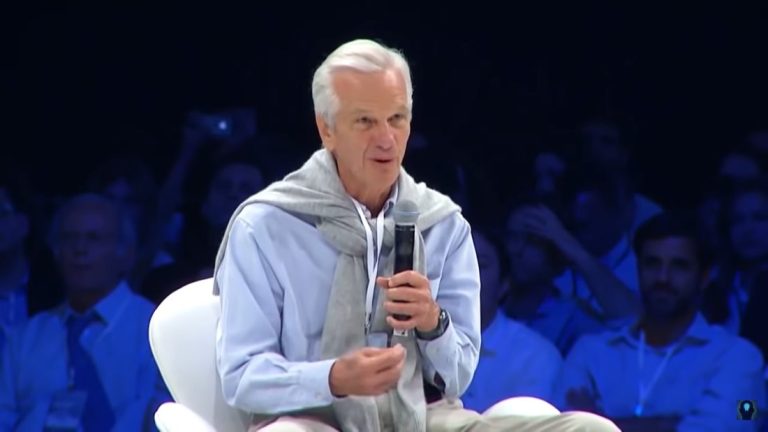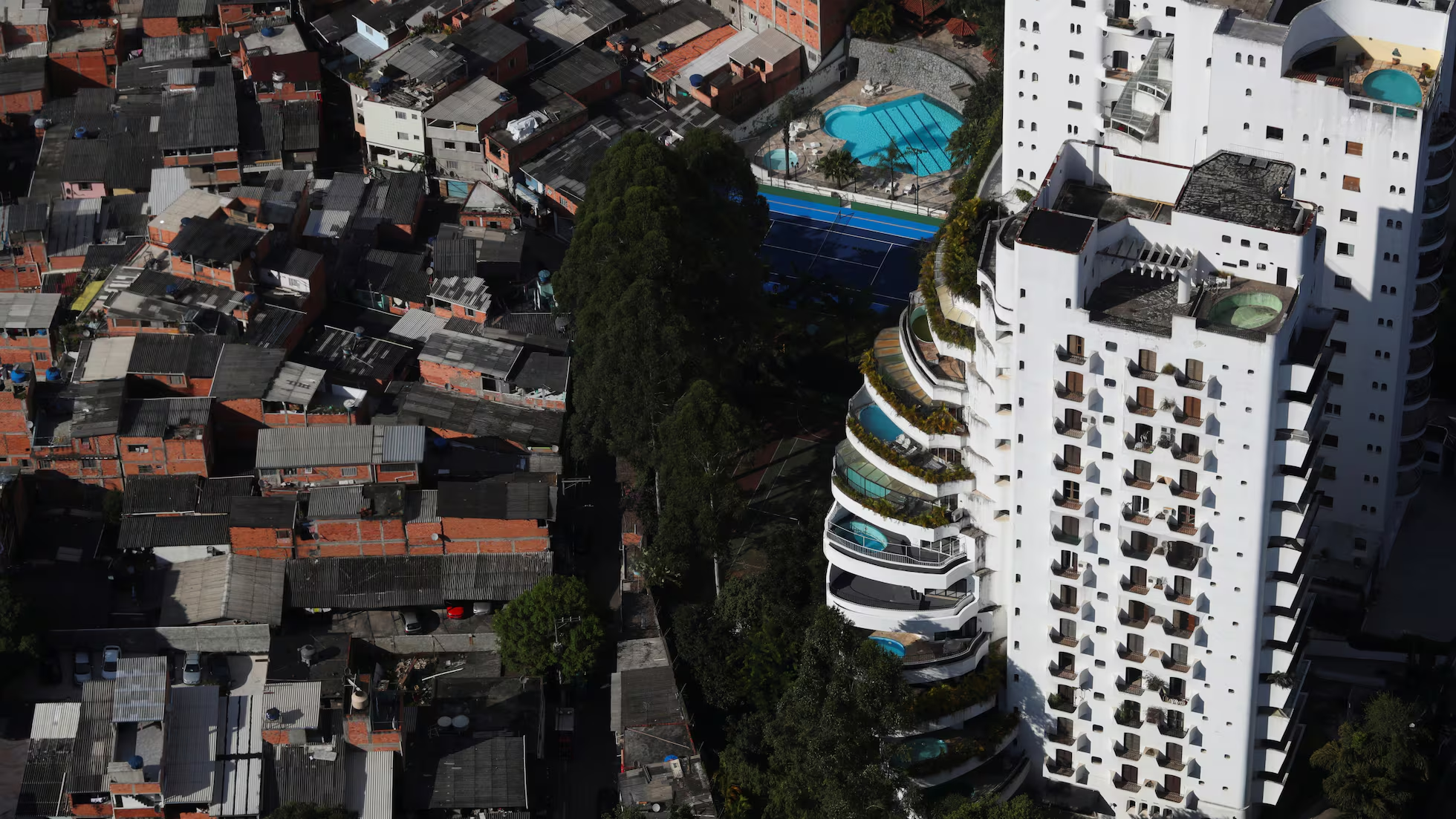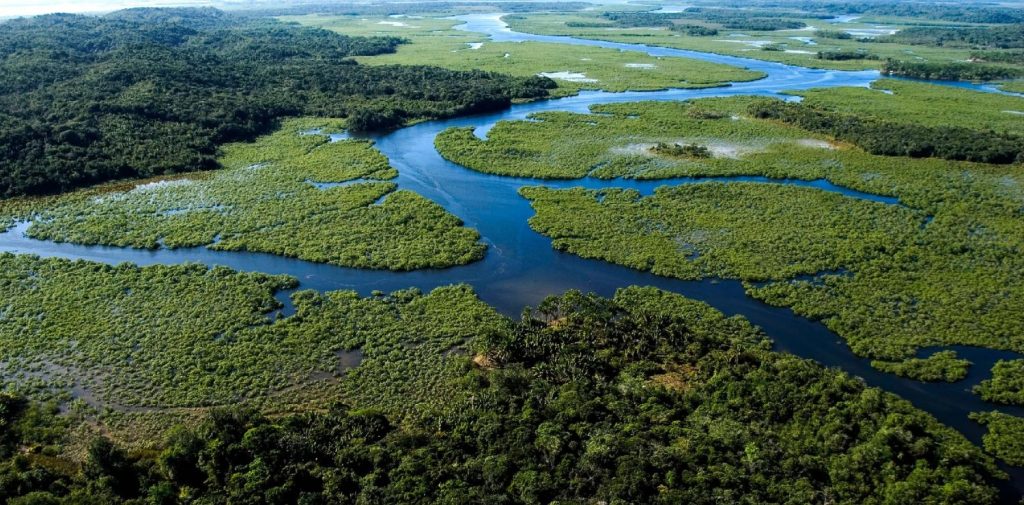São Paulo, Home of the Urban Elite
Brazil is an essentially urban country: more than 80% of the population lives in cities. Housing prices are exploding, and only the richest can afford to live in the city centers. A good quality of life awaits the middle class, and luxury is reserved for the class of millionaires and billionaires. São Paulo is the city of tycoons who made their fortunes in intensive agriculture, sugar cane, oil, banks, and real estate. These people usually live in the center, enclosed in sealed estates that separate them from the reality of the city.
Millionaires represent a minority of the “Paulista” population but still number in the thousands. At the top of the pyramid, there are no fewer than 65,000 millionaires according to online sources in 2024. They live mainly in villas with impassable walls or in sumptuous apartments of several hundred square meters, with breathtaking views of the city. These luxury homes have direct and secure access to commercial and sports facilities located at the foot of the towers. The famous “Jardins” district, located west of downtown not far from Ibirapuera Park, is the main example of this kind of extravagant place; locked to anyone who does not have the access code. Their isolation from the world has also led to some residents admitting to not being in the street for
several months!
Designed as a kind of Brazilian Beverly Hills, this set of luxurious, ultra-modern towers and villas is home to people living in a completely enclosed vase. All their leisure activities take place in clubs or shopping malls, which are only accessible from that particular district. The billionaires of São Paulo move from secure basements in expensive cars and from roof to roof by helicopter. In fact, São Paulo has the largest helicopter fleet in the country and the second largest in the world after New York.
The state of São Paulo alone holds nearly half of the helicopters in Brazil! All who have the means to pay adopt this expensive but extremely practical and fast means of transport. It saves valuable time (especially considering the dizzying size of traffic jams in the city), and therefore money in business. The billionaires of São Paulo can reach the beach in 20 minutes rather than sit in three hours of unavoidable traffic jams, even if it were to be in an air-conditioned Italian supercar!
The insecurity of some neighborhoods of the megalopolis largely explains this compartmentalization between poor and rich. The former were pushed back into favelas located in the outlying districts, naturally leading the latter to settle in the center in these islands of luxury designed by ultra-select architects and designers with order books filled for years.

